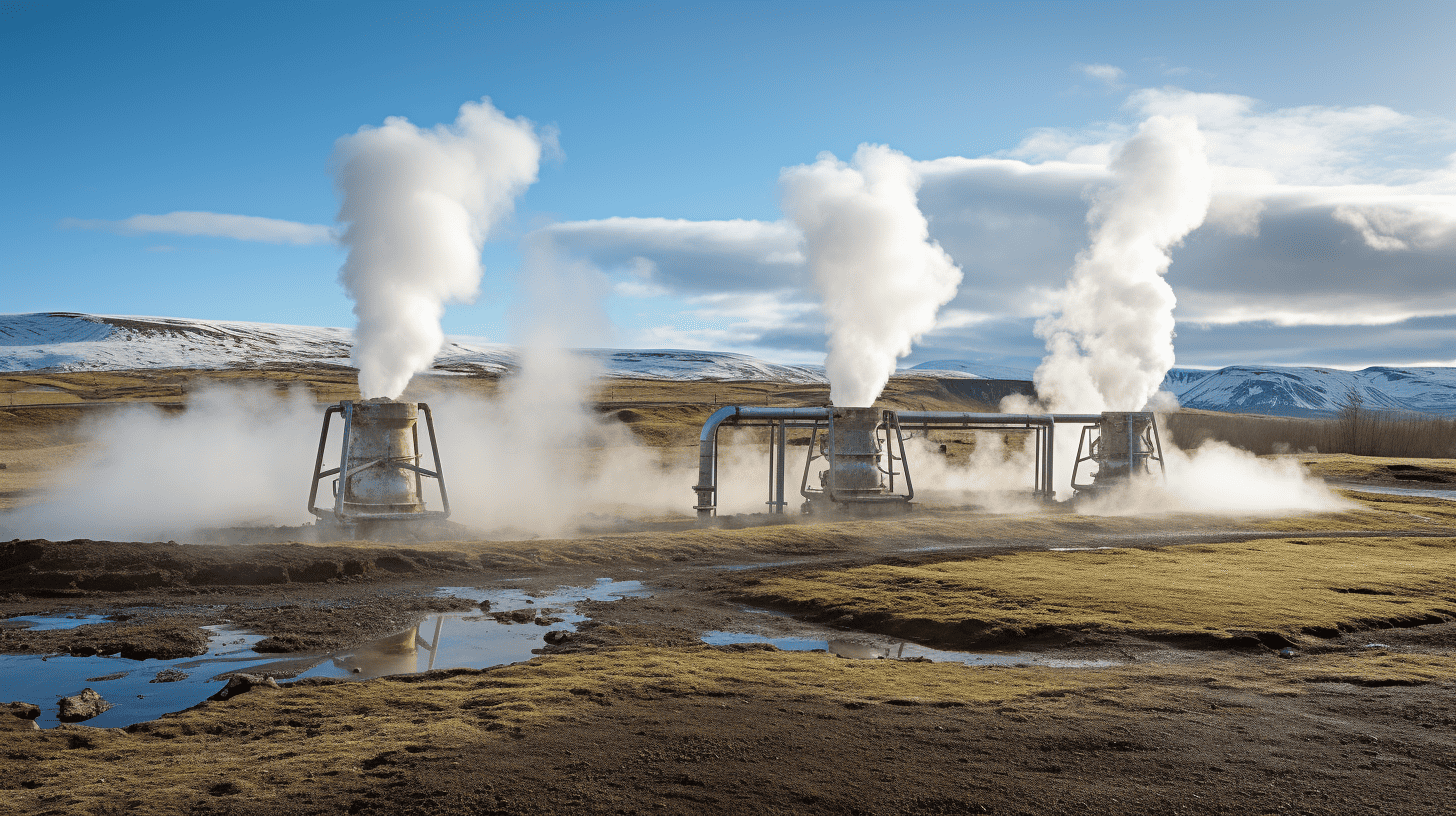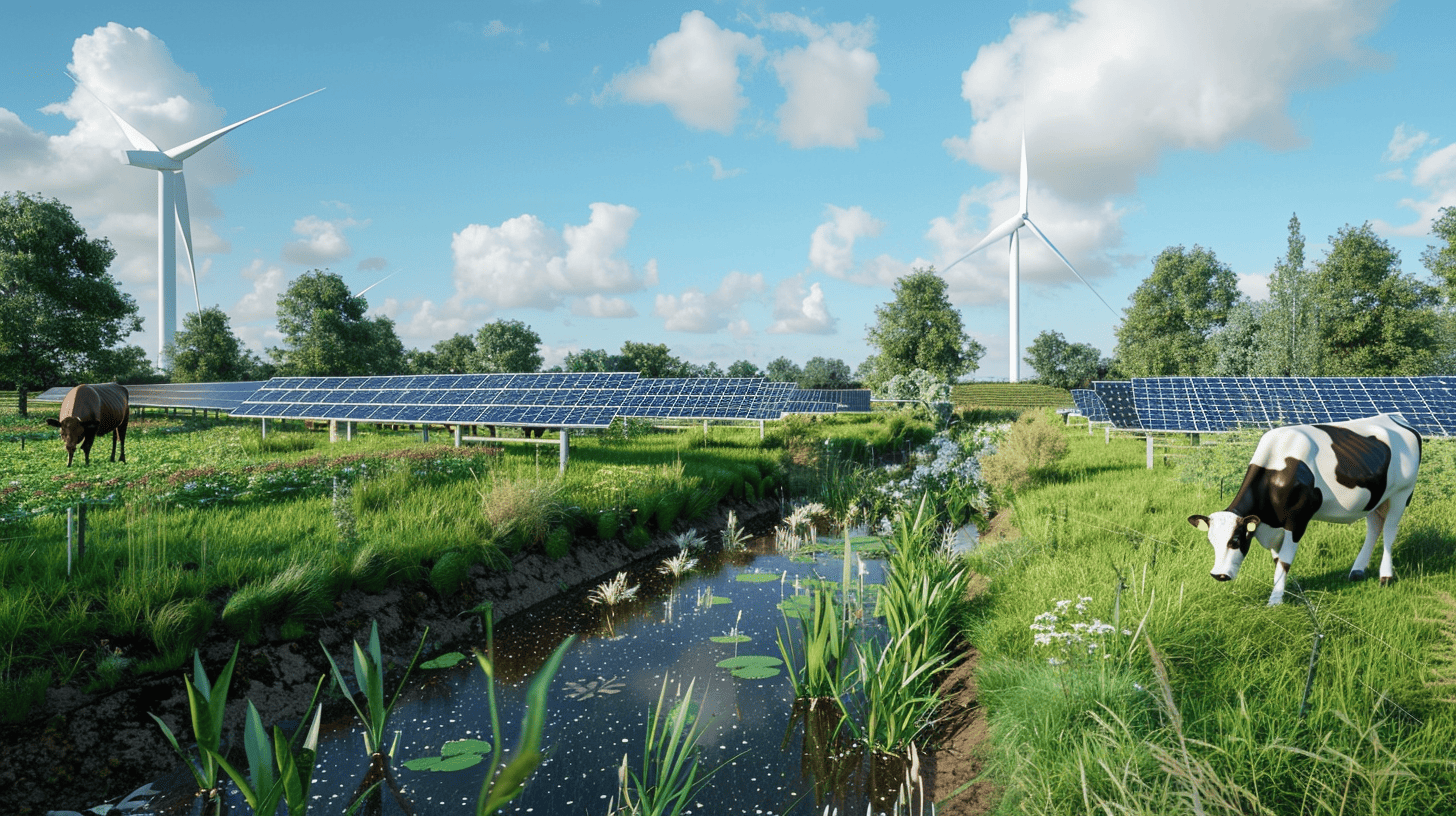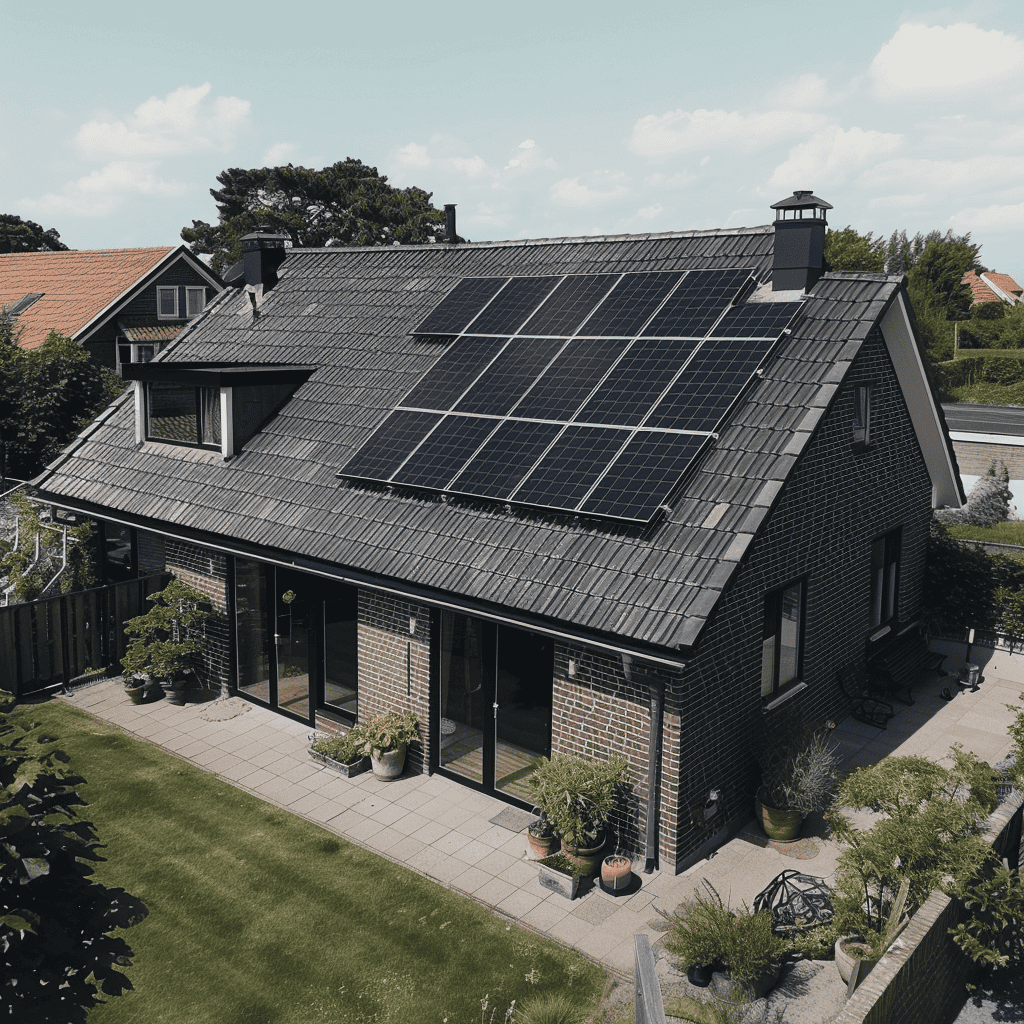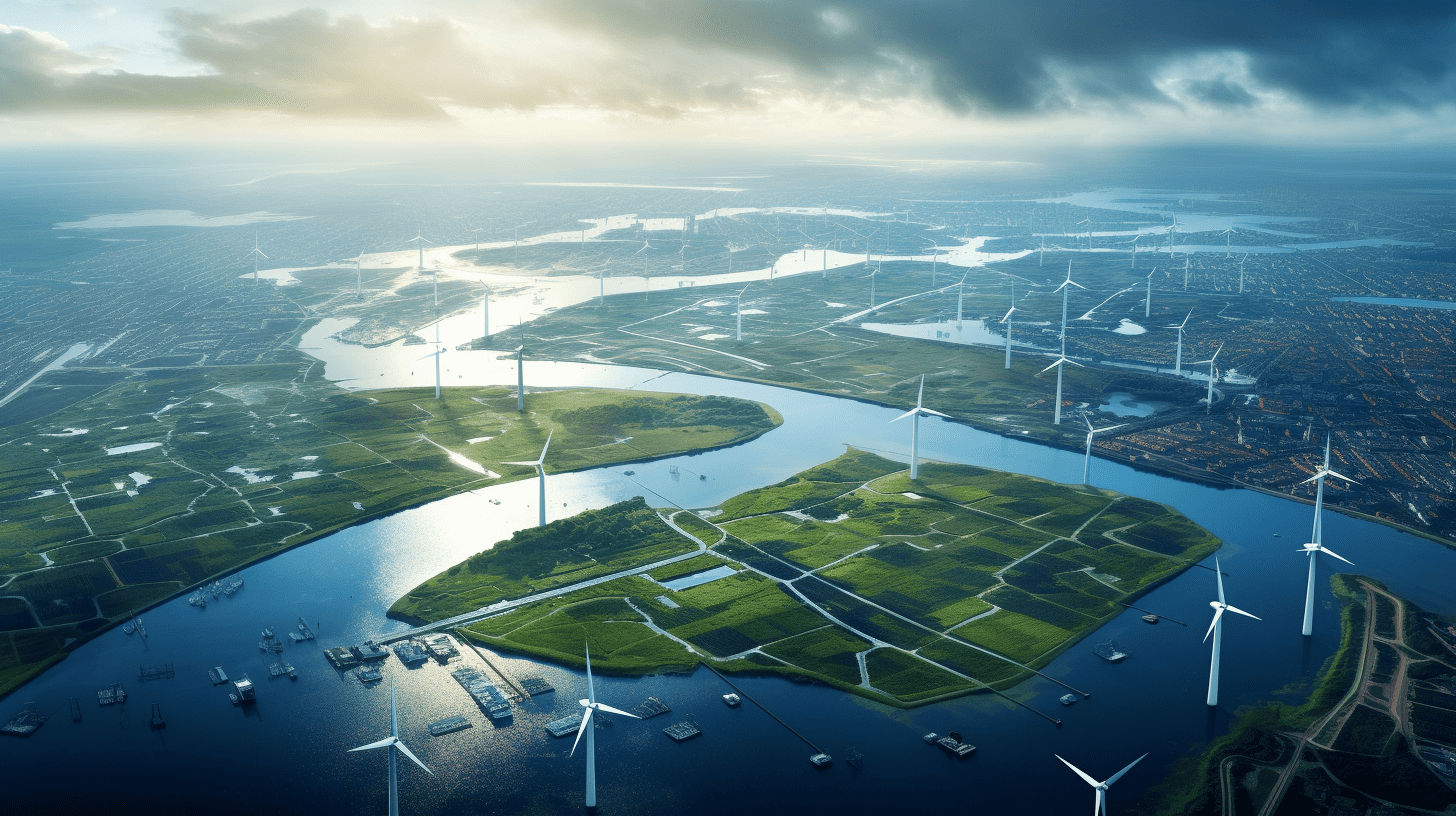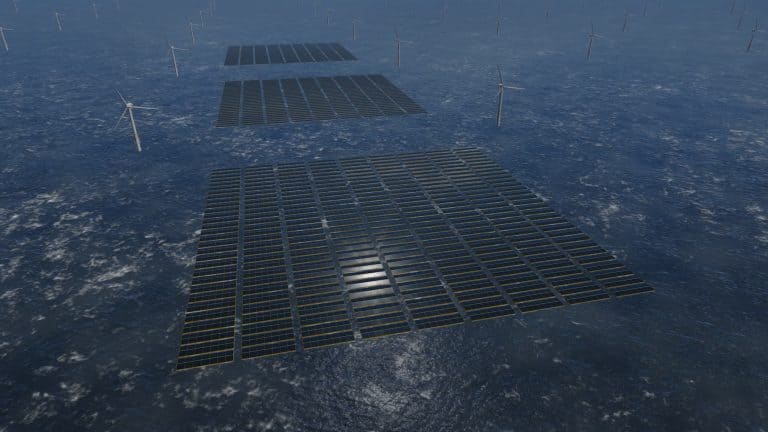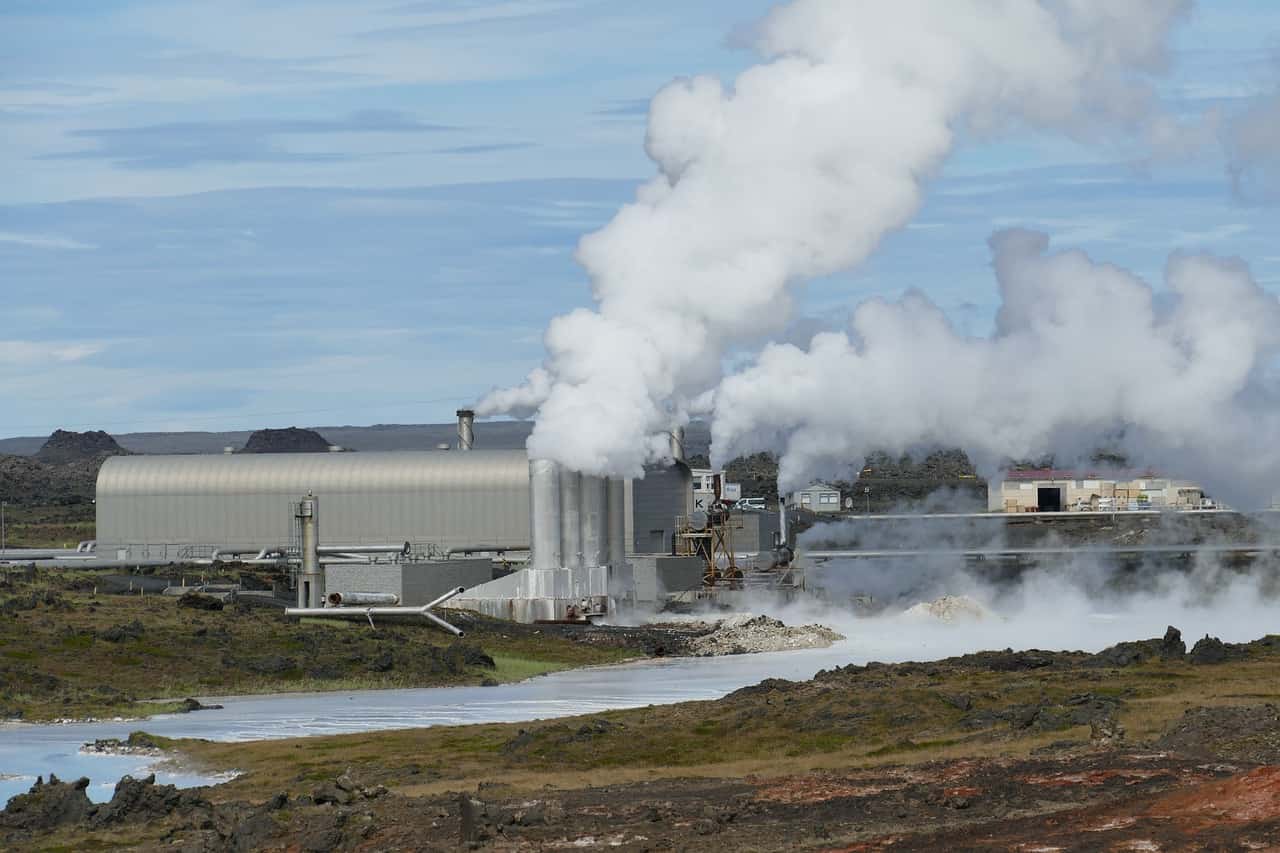
The international power landscape is undergoing significant transformation. Our world’s natural resources are disproportionally distributed, a fact true both in the fossil and green economies. To address this during the fossil fuel era, we constructed wide-ranging networks for trade and distribution. Today, power cables are poised to play this crucial role for the green power economy. With countries rich in renewable resources like geothermal and solar energy capable of producing excess power, and others falling short, there is a clear demand for an extensive power cable network spanning Europe, and beyond, to ensure balanced, sustainable energy distribution.
- Power cable networks, such as subsea cable interconnectors, serve as crucial infrastructures in the transition to a green power economy.
- The potential benefits include energy security, economic rewards, and significant strides toward environmental sustainability.
- The Sahara Desert represents a massive potential source of solar energy that could serve the whole world.
The future of power transmission: Subsea cable networks
As we transition towards a green economy, infrastructure becomes a key player in the energy equation. The advent of subsea power cable networks represents a significant stride in renewable energy distribution. These networks bear great potential for a sustainable future, enabling power trading across geographical and national boundaries. The recent completion of the North Sea Link, the world’s longest subsea electricity cable, by the UK and Norway, exemplifies this potential.
This interconnector, which can transmit up to 1.4GW of power, creates a bridge between the UK’s abundant offshore wind energy and Norway’s extensive hydro power network. It provides a reliable power transmission between the two nations, replacing electricity generated from fossil fuels with renewable energy. The success of this project could pave the way for even larger interconnector initiatives, such as the Sun Cable between Australia and Singapore and the IceLink connecting Iceland and the UK.
The challenges of interconnector projects
However, while the potential for such projects is undoubtedly vast, the practicalities of their implementation present considerable challenges. A case in point is the NorthConnect initiative, a proposed Scotland-Norway interconnector that was ultimately rejected by the Norwegian government. The project faced significant obstacles, from the technical complexities of laying a 665 km-long HVDC cable across the North Sea, to the political challenges of securing necessary consents and licenses. This example underscores the need for careful planning, risk mitigation and collaboration among stakeholders in such projects.
Another ambitious interconnector proposal, IceLink, envisages a connection between Iceland and the UK. While still in the feasibility stage, this project has sparked controversy due to concerns about environmental impact and increased domestic energy prices in Iceland.
Despite these challenges, the potential benefits of subsea cable interconnectors are compelling. For countries like Iceland, with its substantial unharnessed hydro- and geothermal resources, the possibility of tapping into a market where electricity prices are much higher is alluring. Not only would such interconnectors enable the sale of renewable electricity at high prices, but they would also enhance the efficiency and security of the electricity system.
Exploring the financial dynamics: An economic comparison
As a starting point, let’s take the example of a cable from the Netherlands to Iceland for harnessing abundant geothermal energy. Estimations suggest that with an approximate expense of 3 million euros per kilometer, the total cost for this venture would be around 6 billion euros.
In contrast, the development of a 1GW nuclear power plant can land anywhere in the range of 10 to 15 billion euros, varying based on the design, location, and decommissioning provisions. So even with the massive infrastructure needed to import power from far away, the economics still come out ahead compared to nuclear solutions.
But the real game-changer in this equation may be the solar energy potential of the Sahara desert. Its surface, being capable of generating more than 25 TW of electrical energy, offers an opportunity to install solar panel fields on a massive scale. Even though the exact costs would depend on various factors, including the technology used and the transportation of energy, studies indicate that building such expansive solar installations can be significantly cheaper than nuclear power plants over the long term.
Final thoughts: Towards a sustainable power landscape
As our world continues to transition towards sustainability, the development of vast power cable networks will be instrumental in harnessing and distributing renewable energy. With effective risk management, collaborative planning, and innovative approaches, these networks can unlock significant opportunities for a greener future. Indeed, while the technical and political challenges are considerable, the potential rewards in terms of energy security, economic benefits, and environmental sustainability make these projects a crucial component of our transition to a sustainable power landscape.



